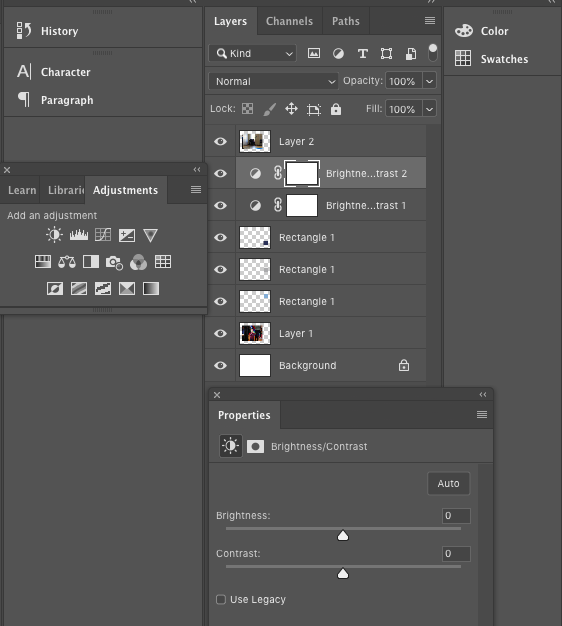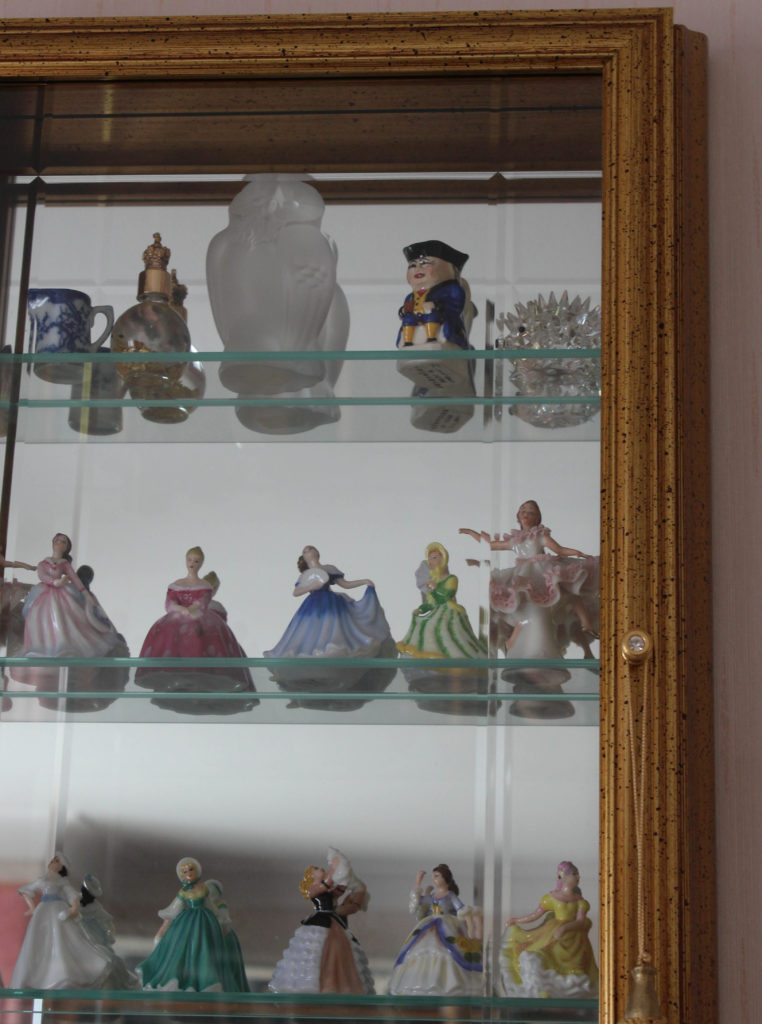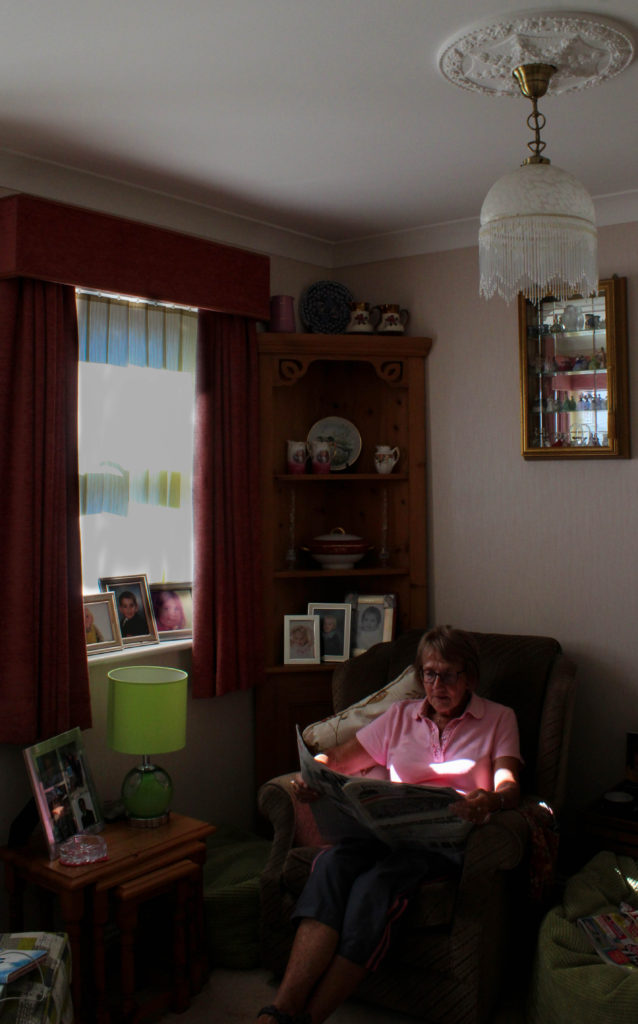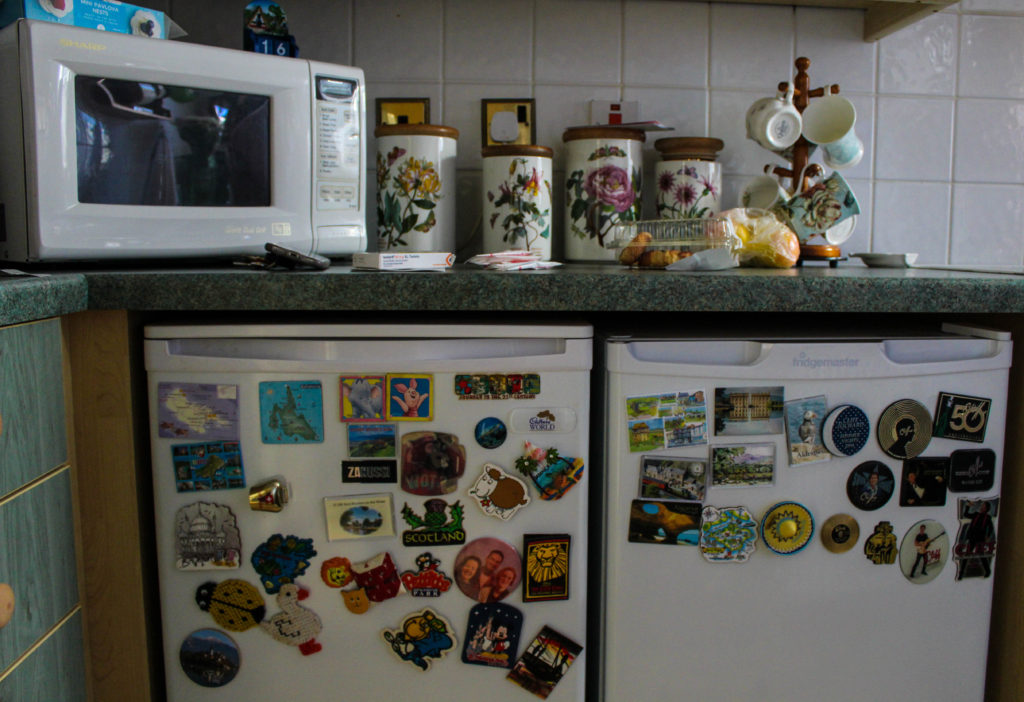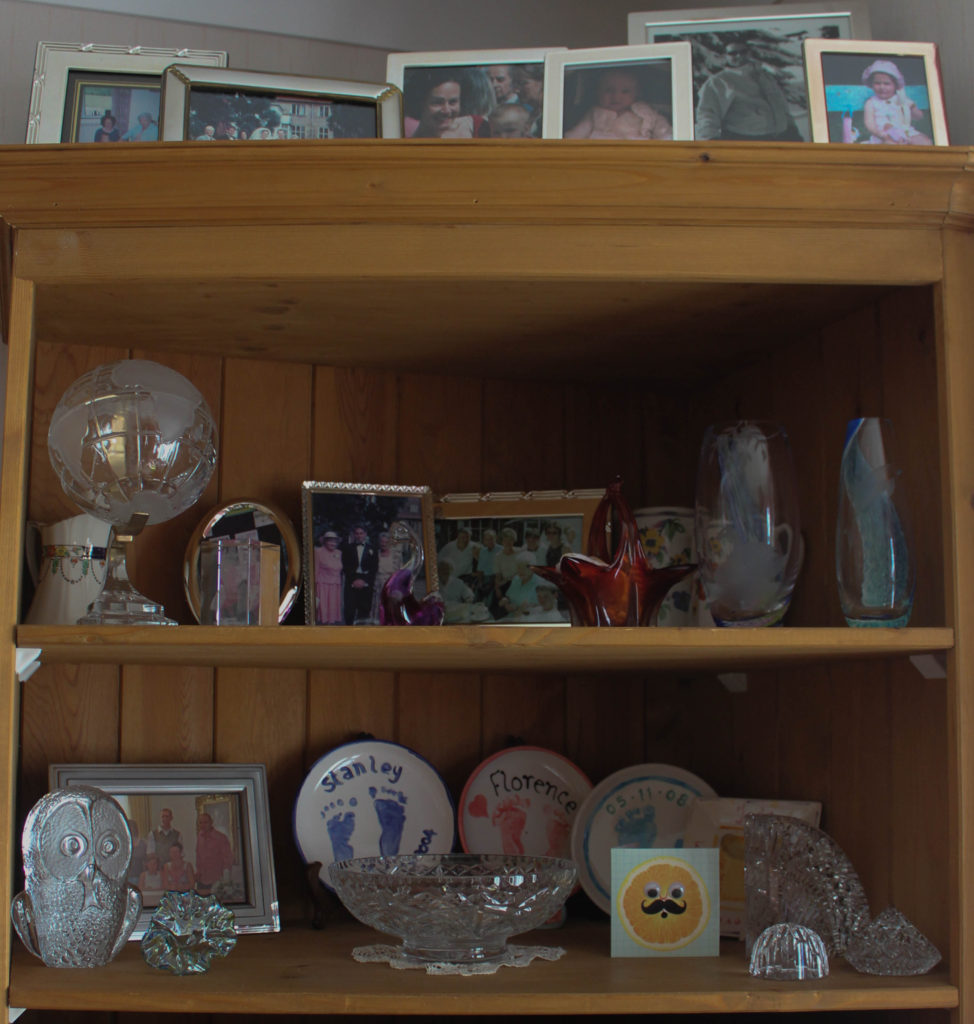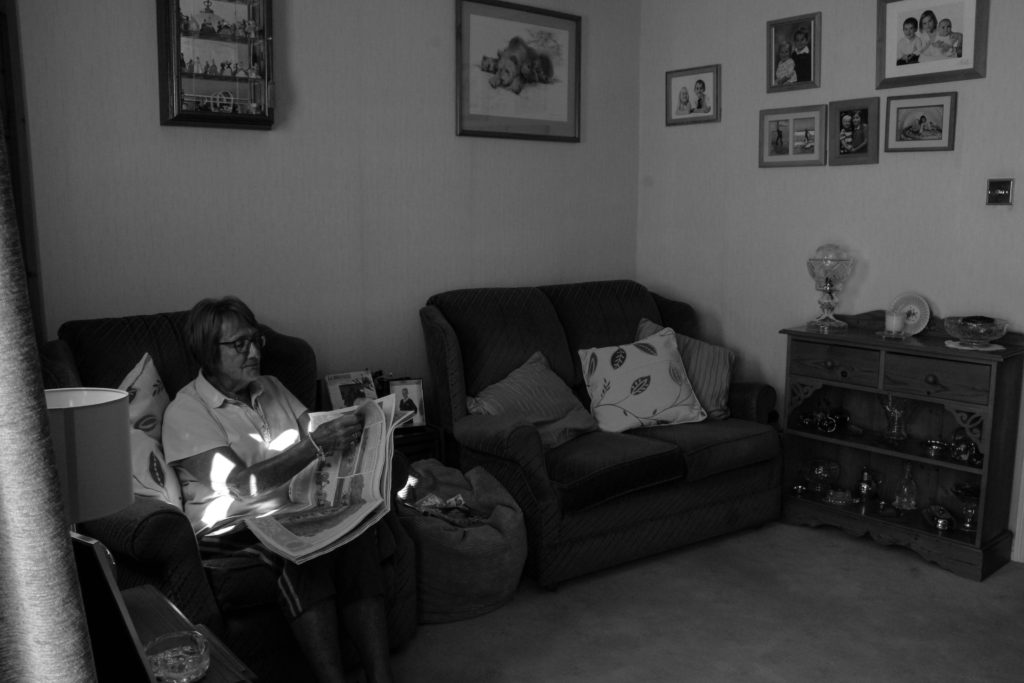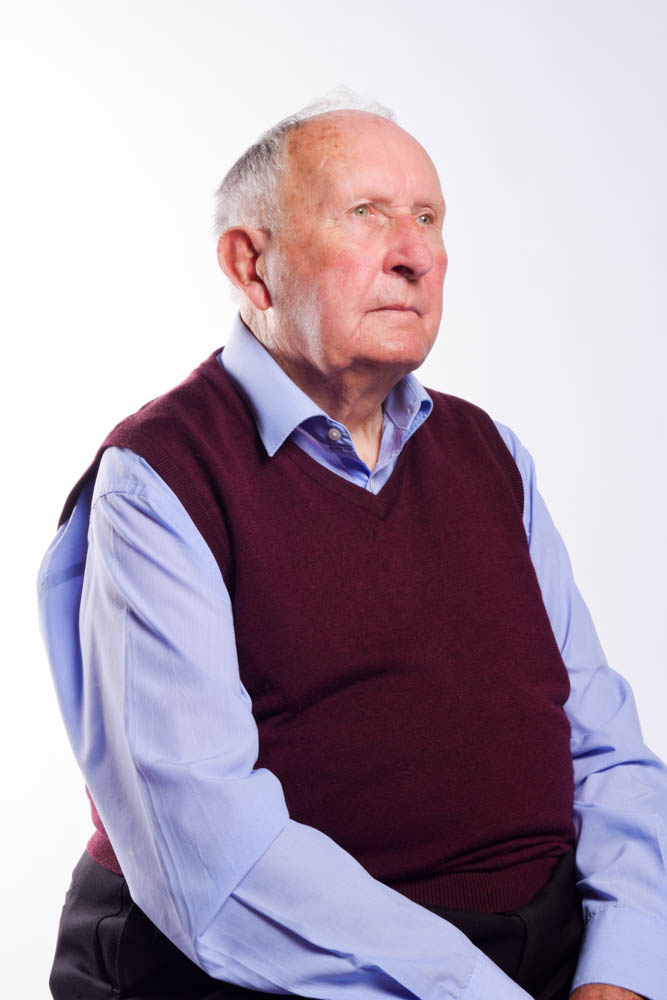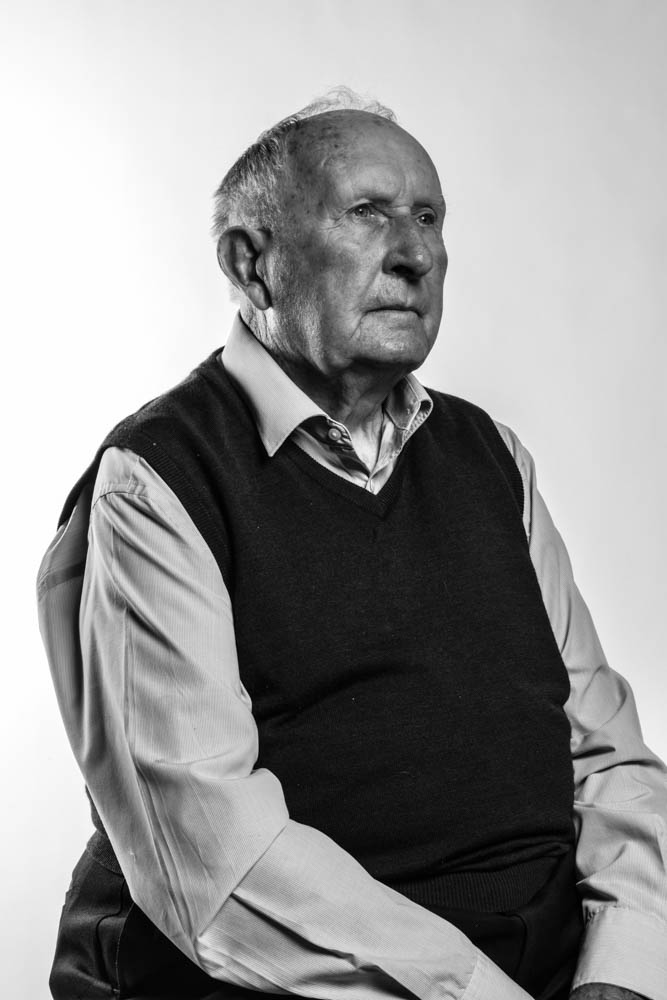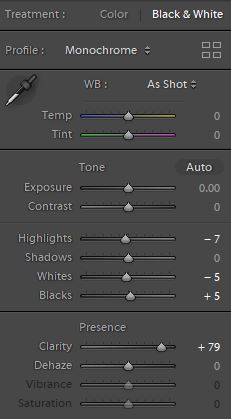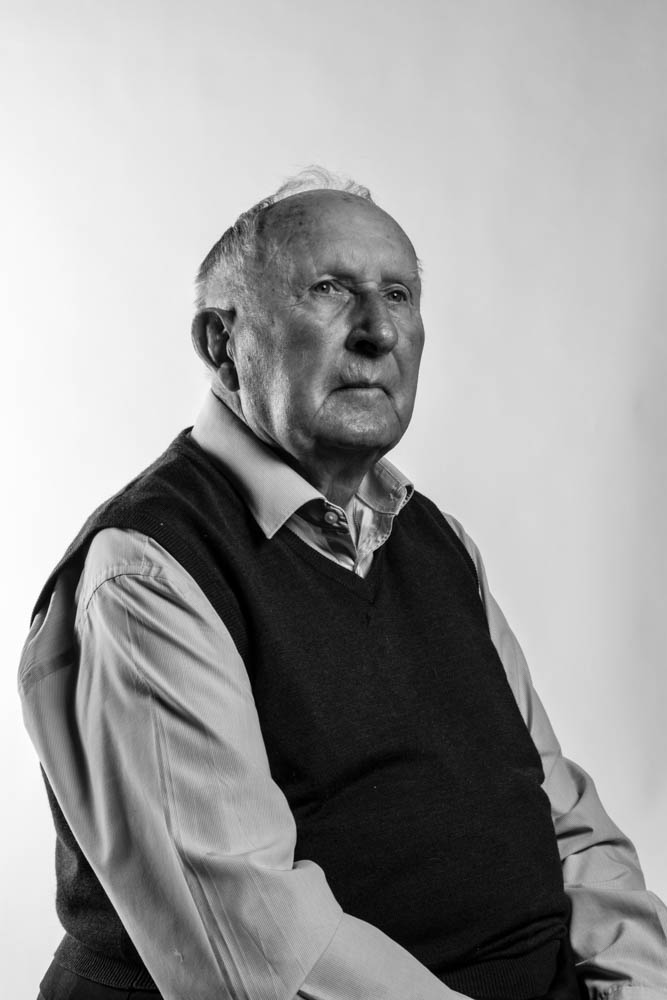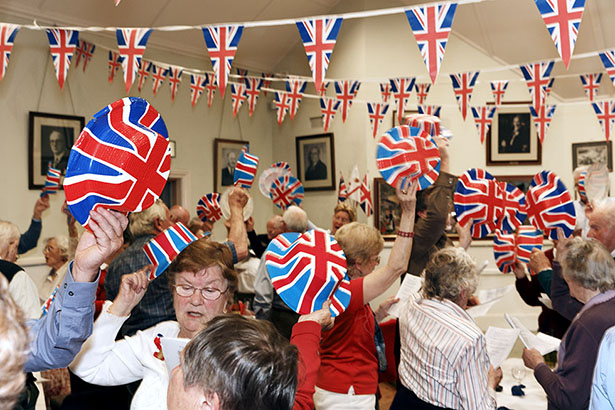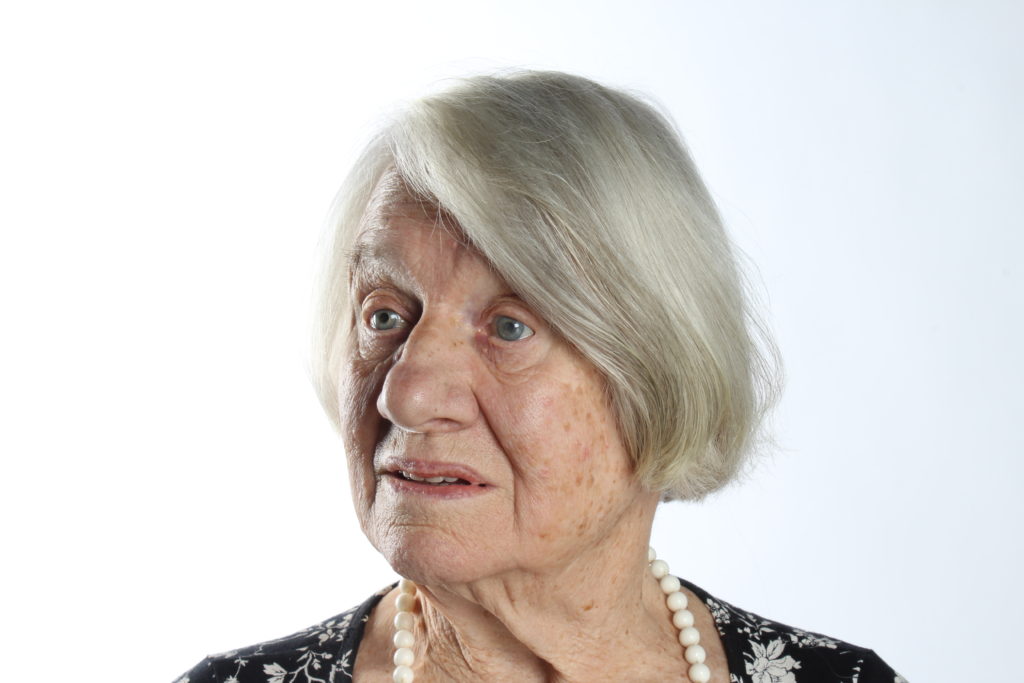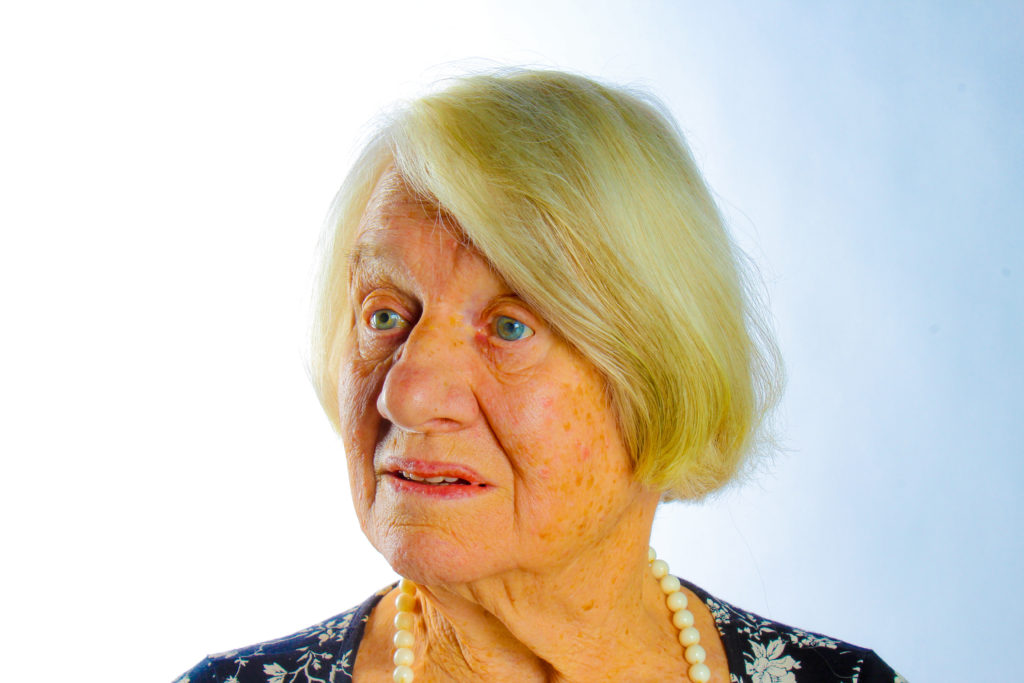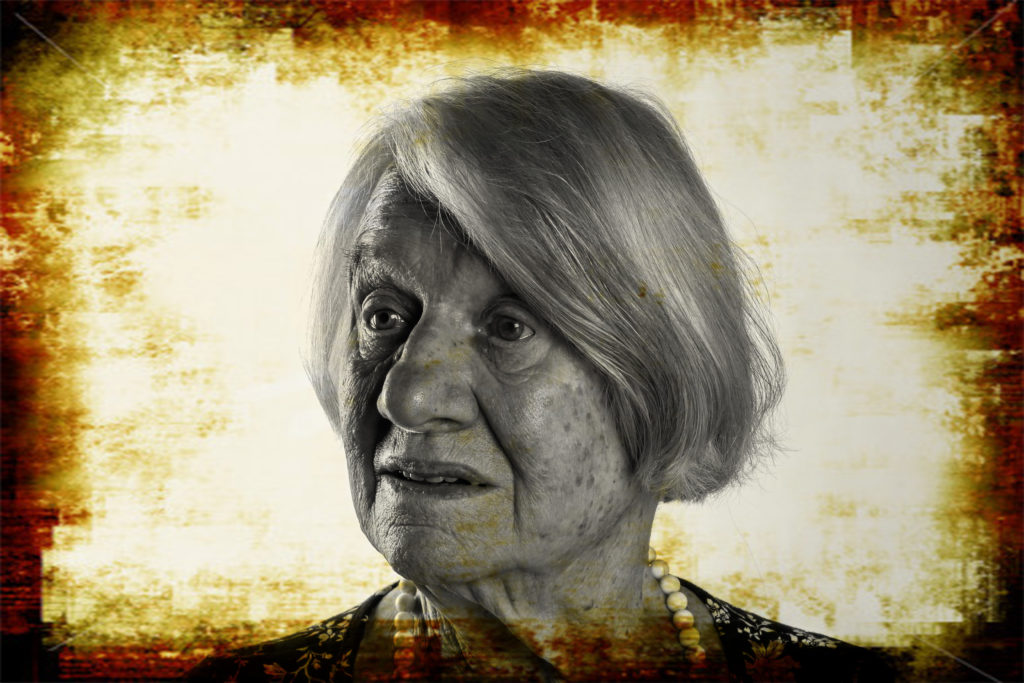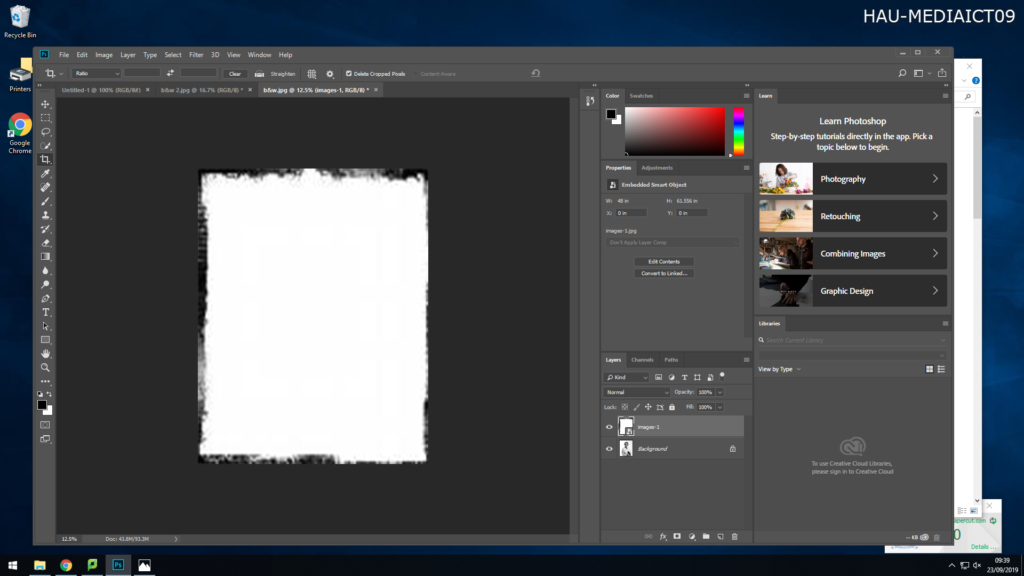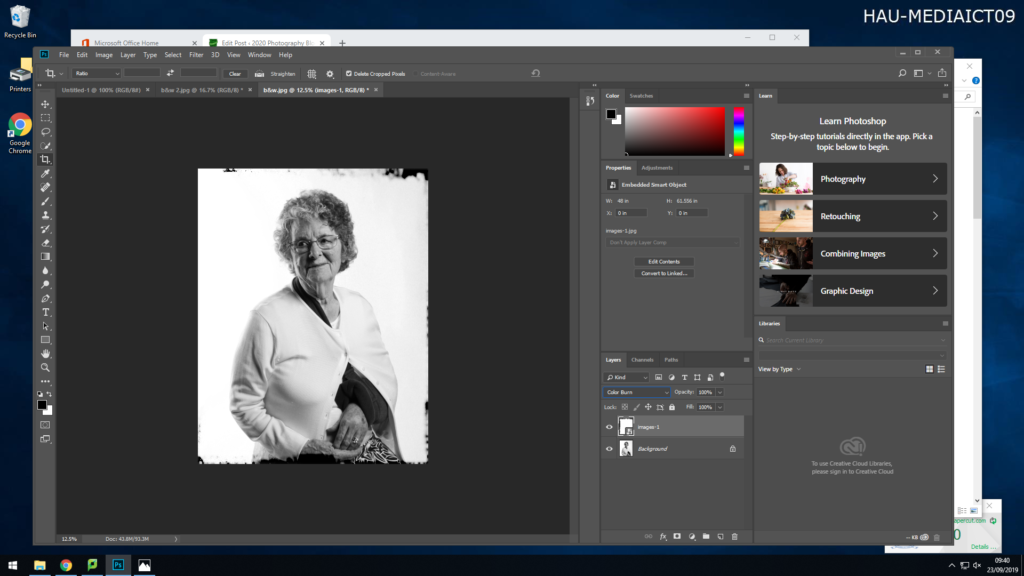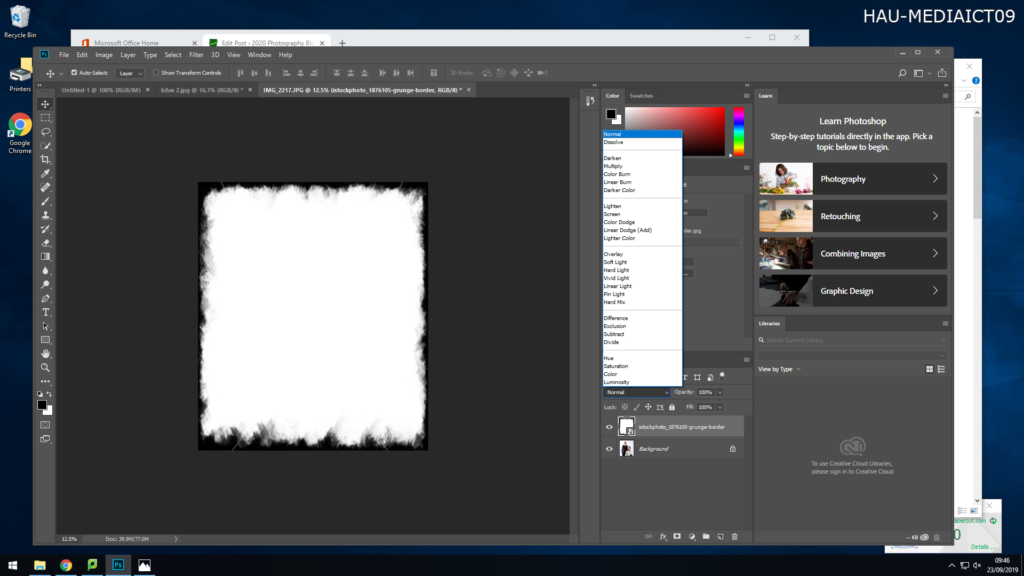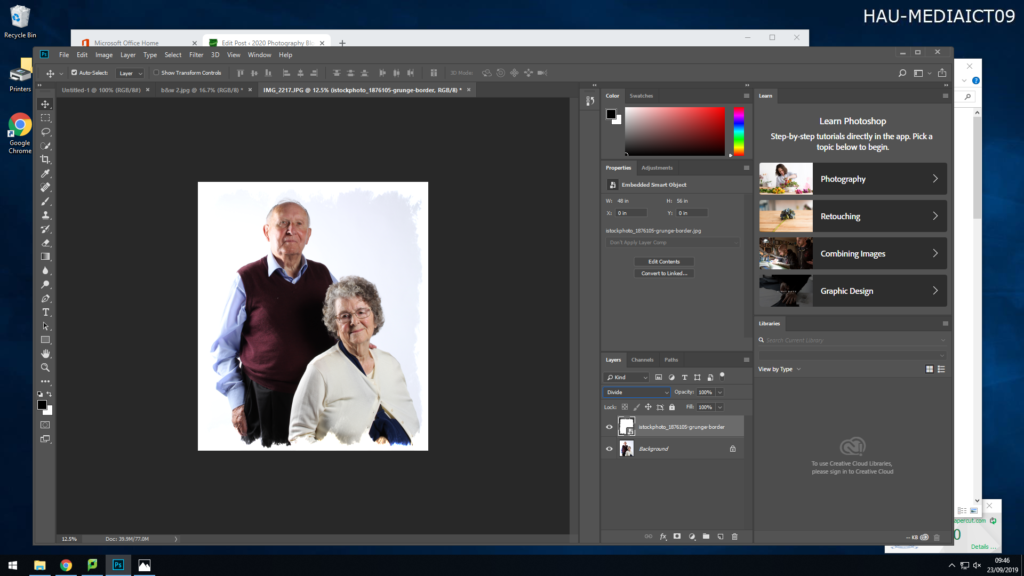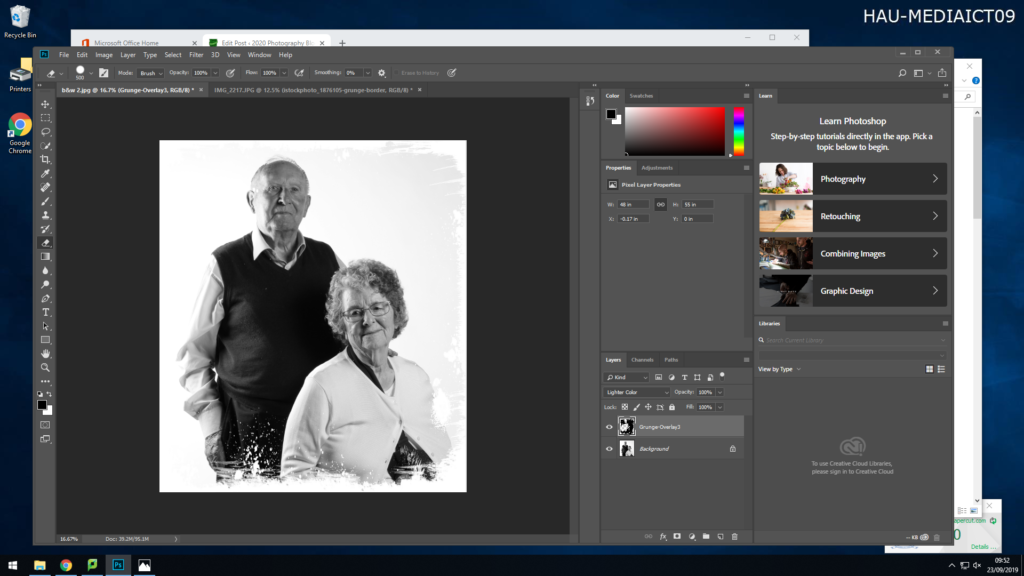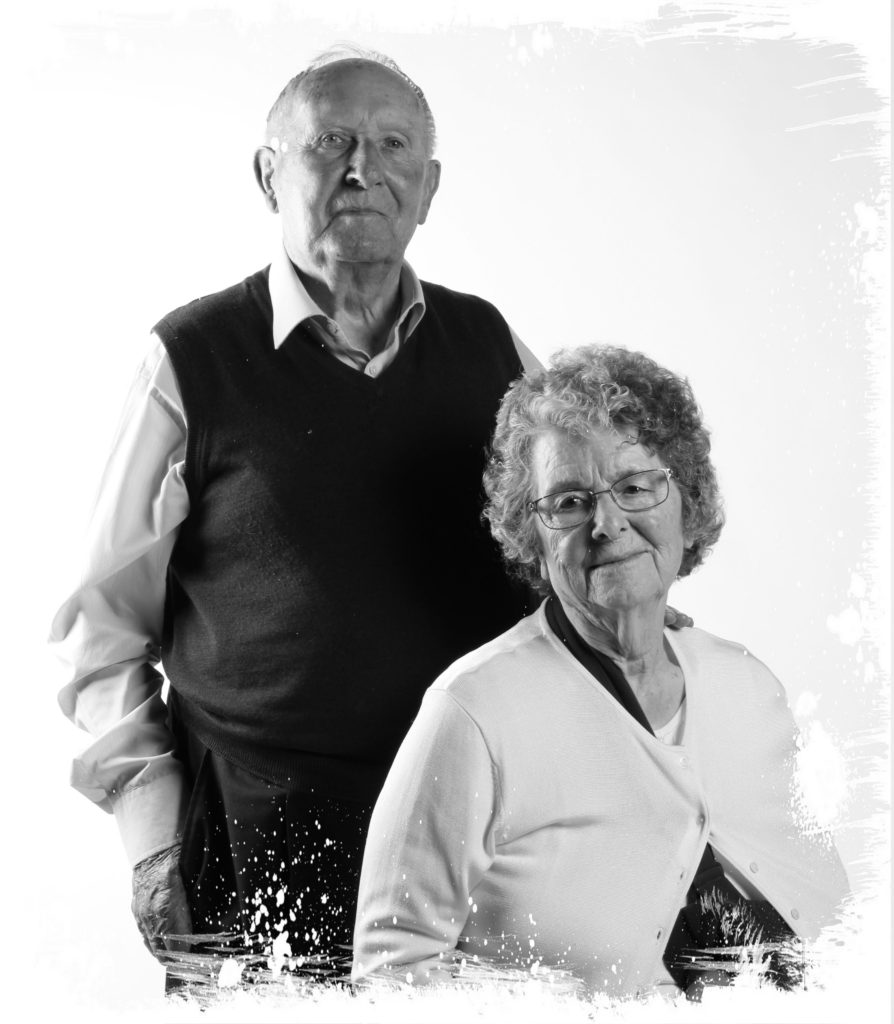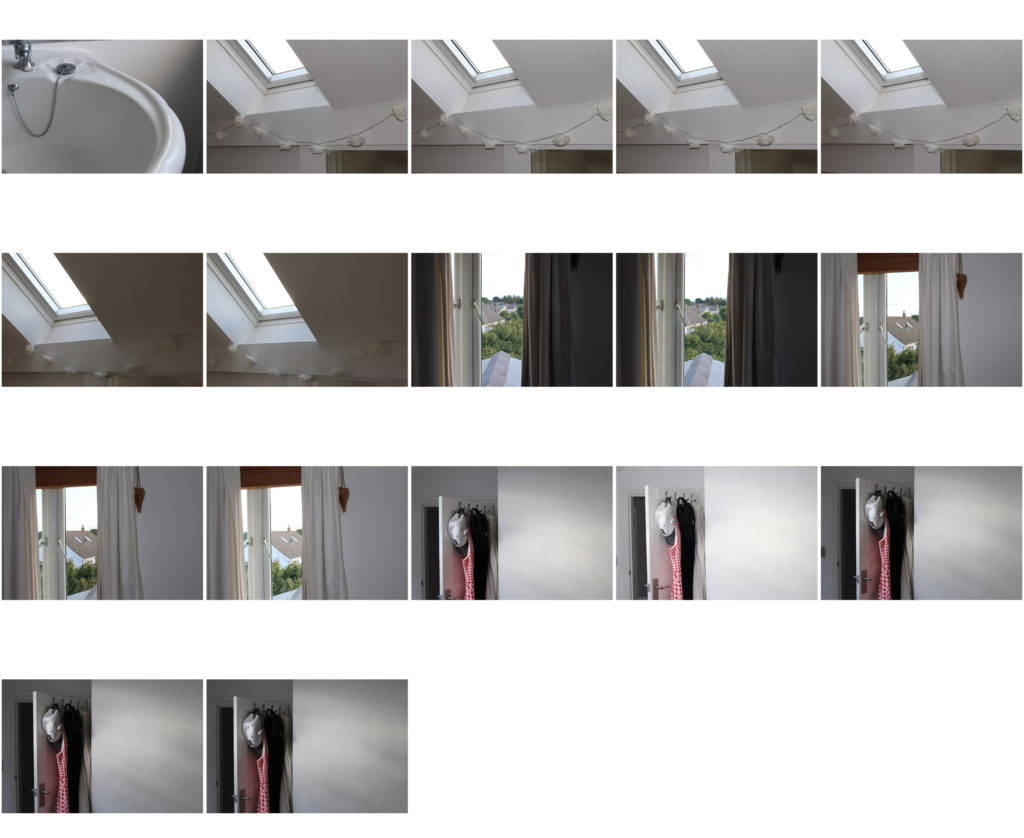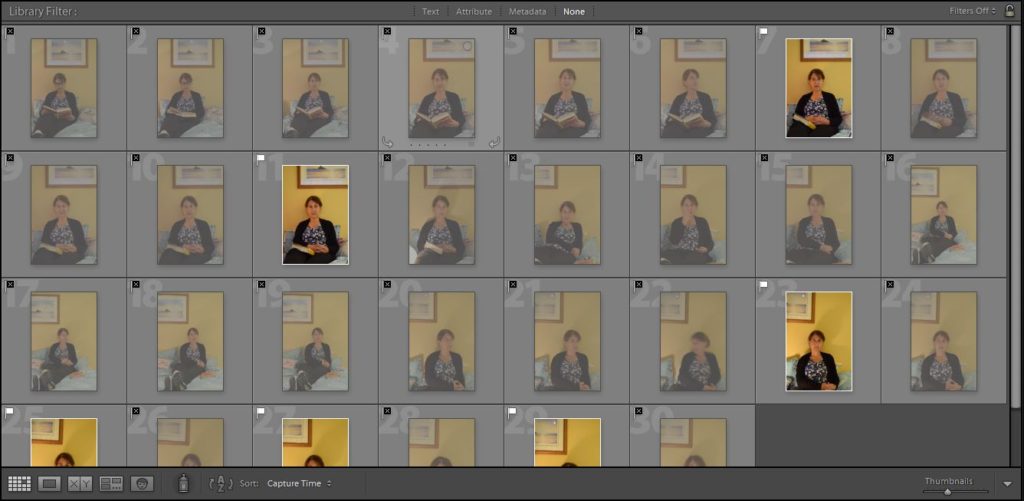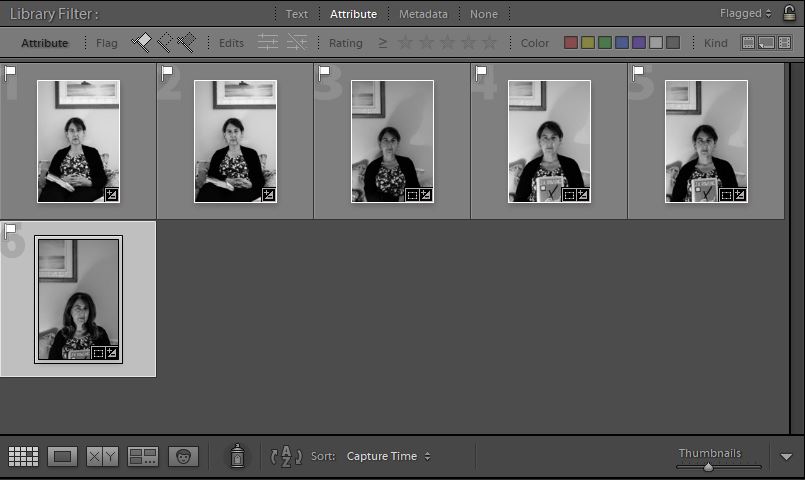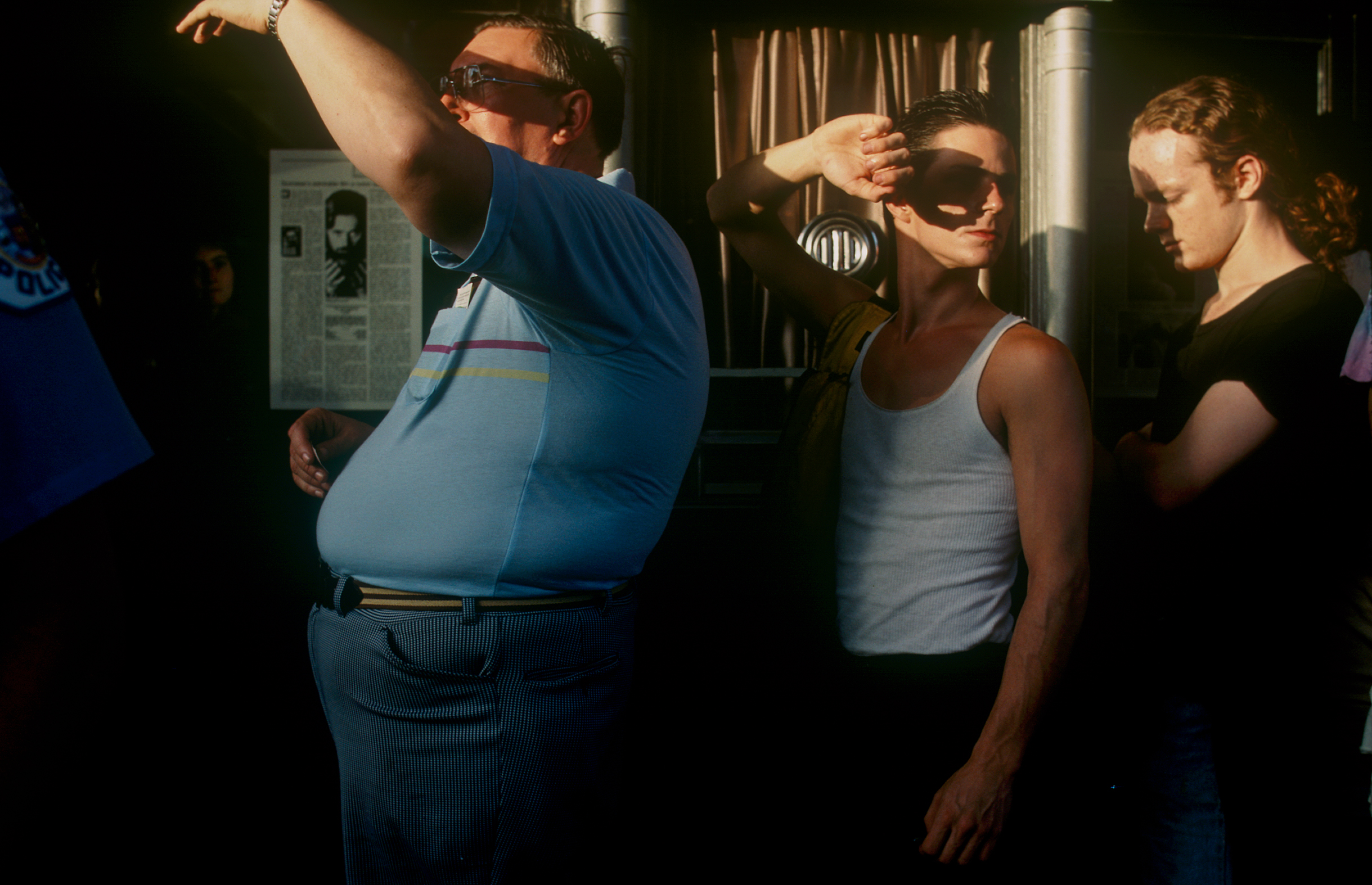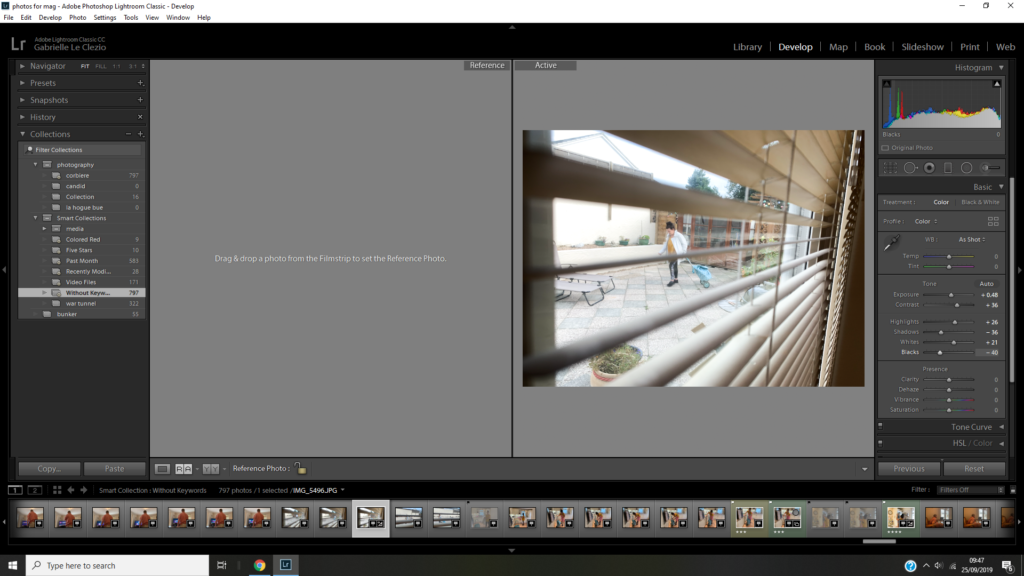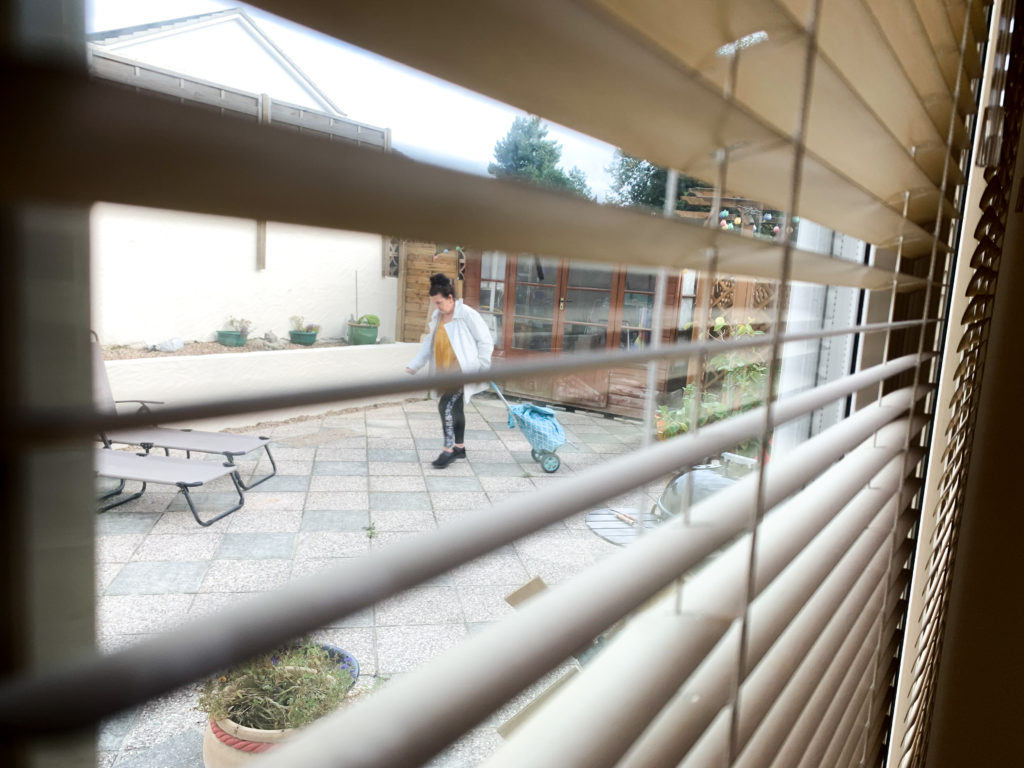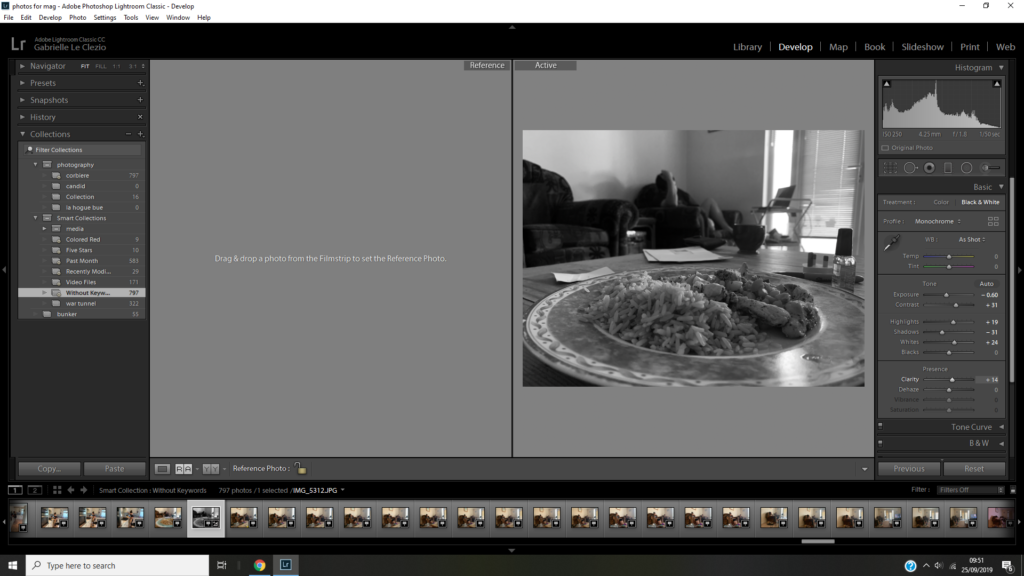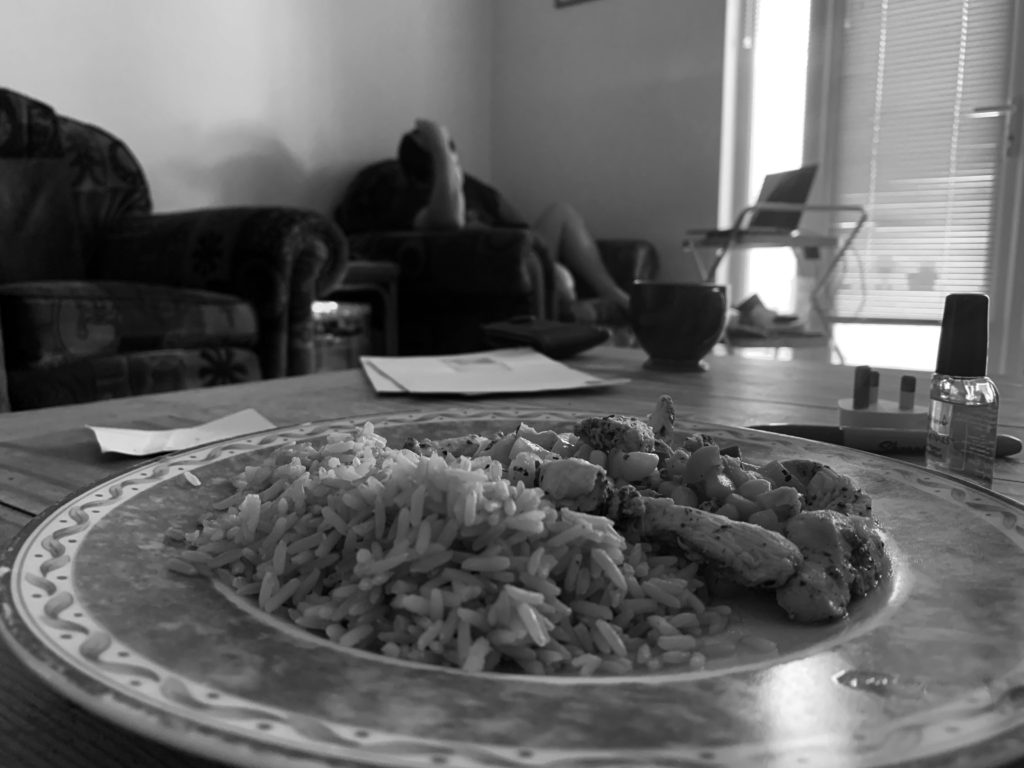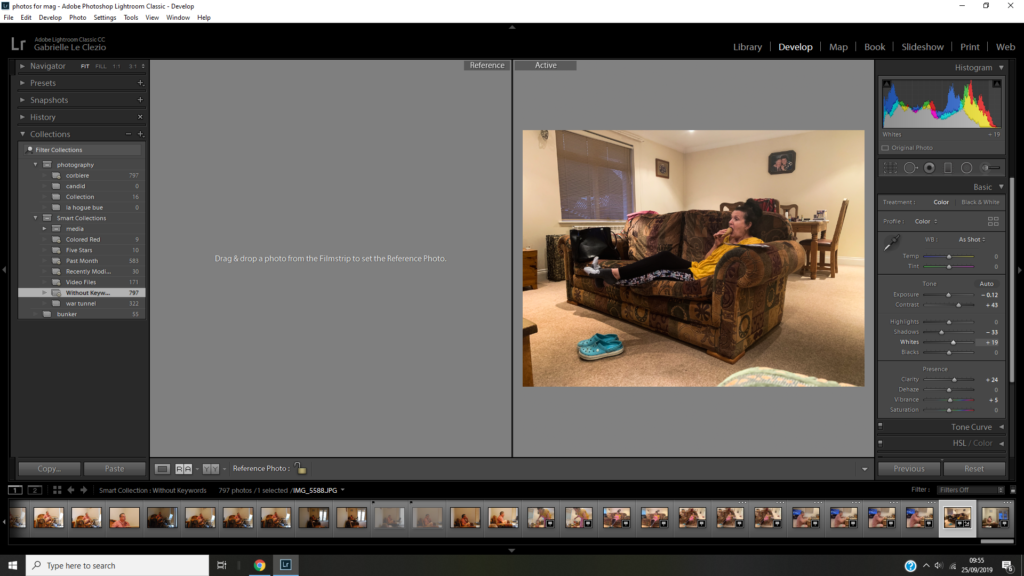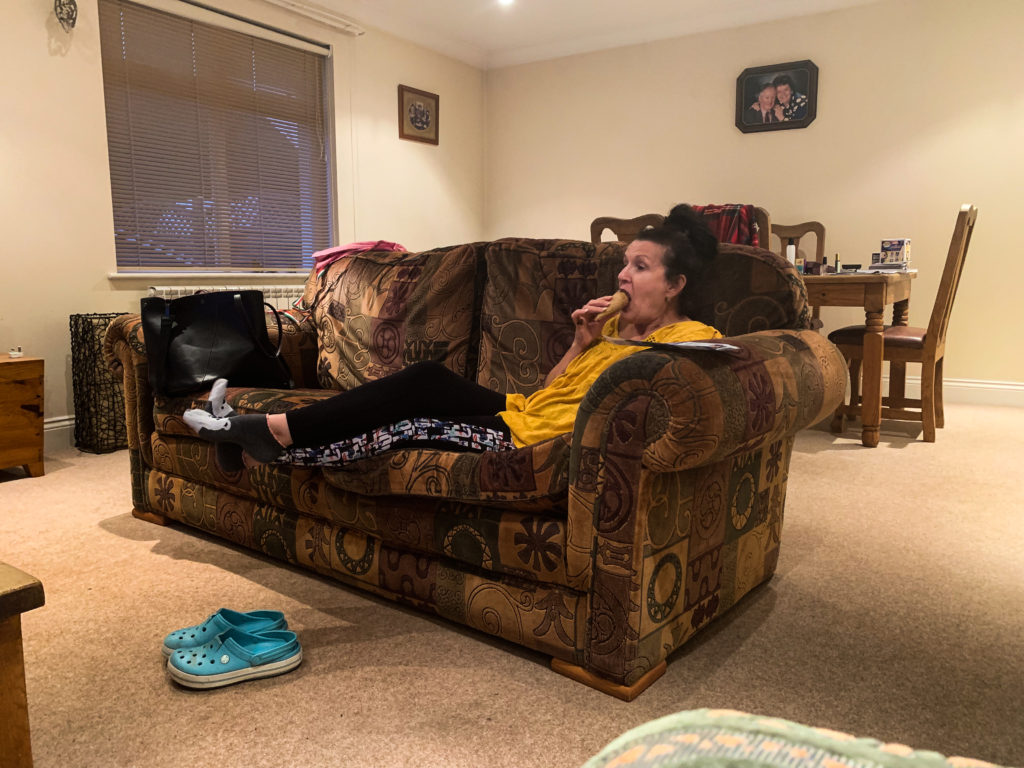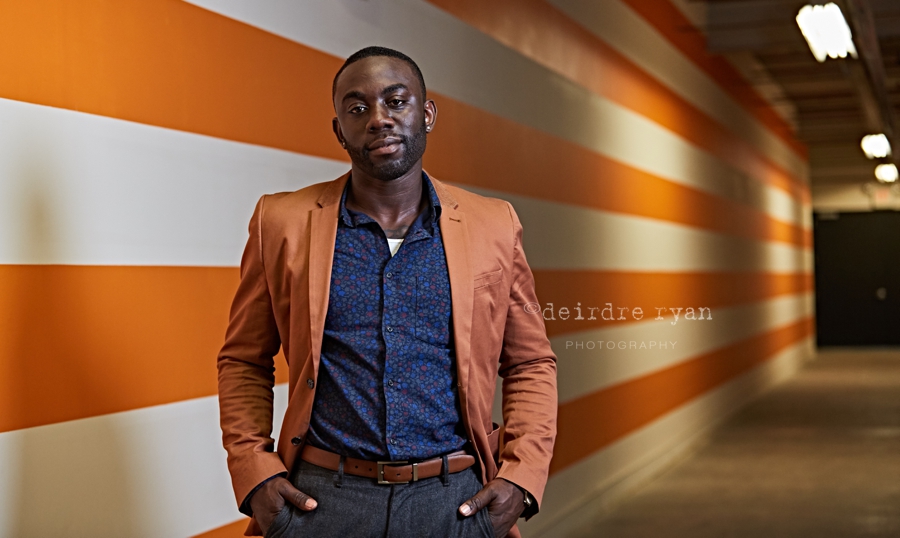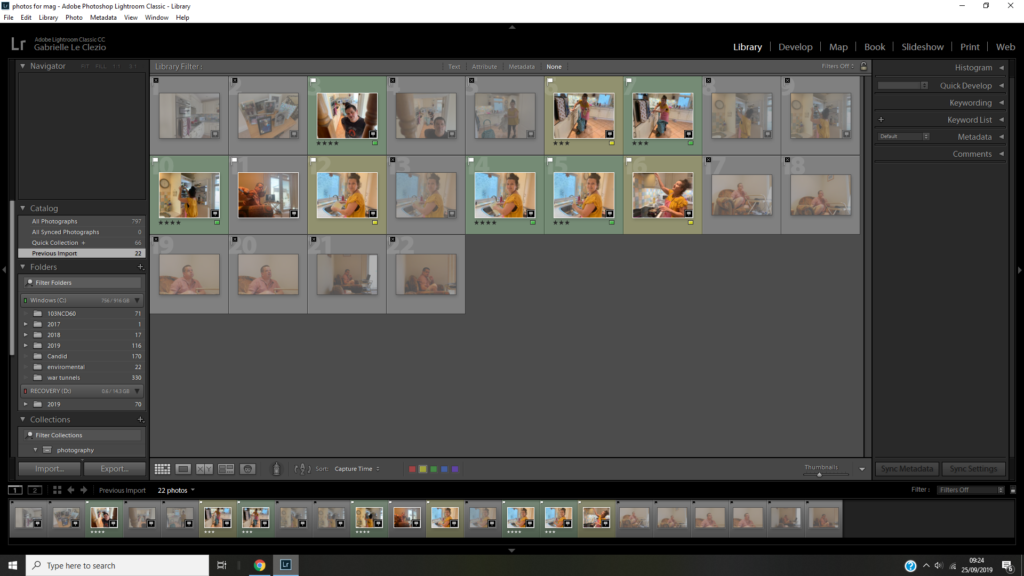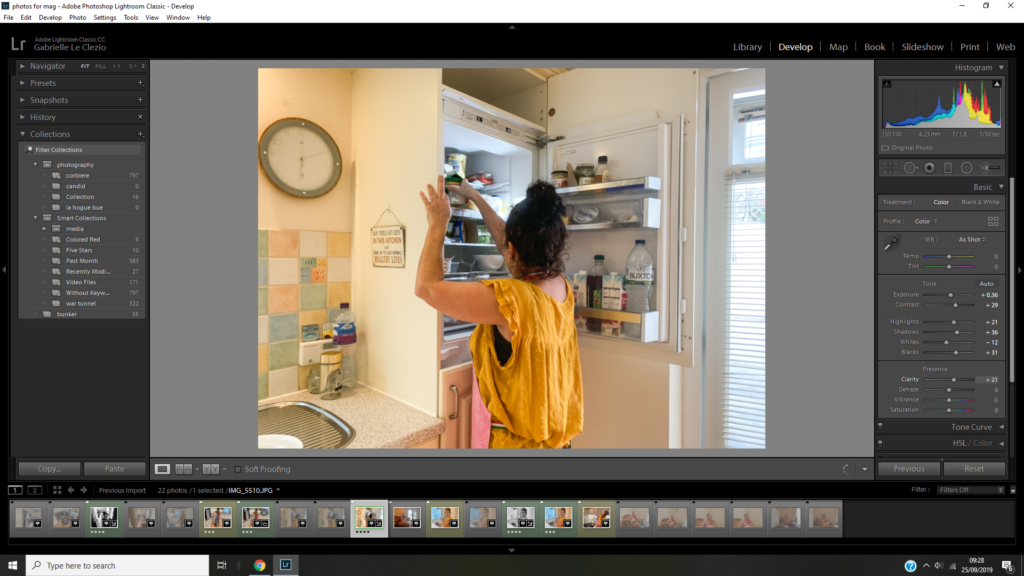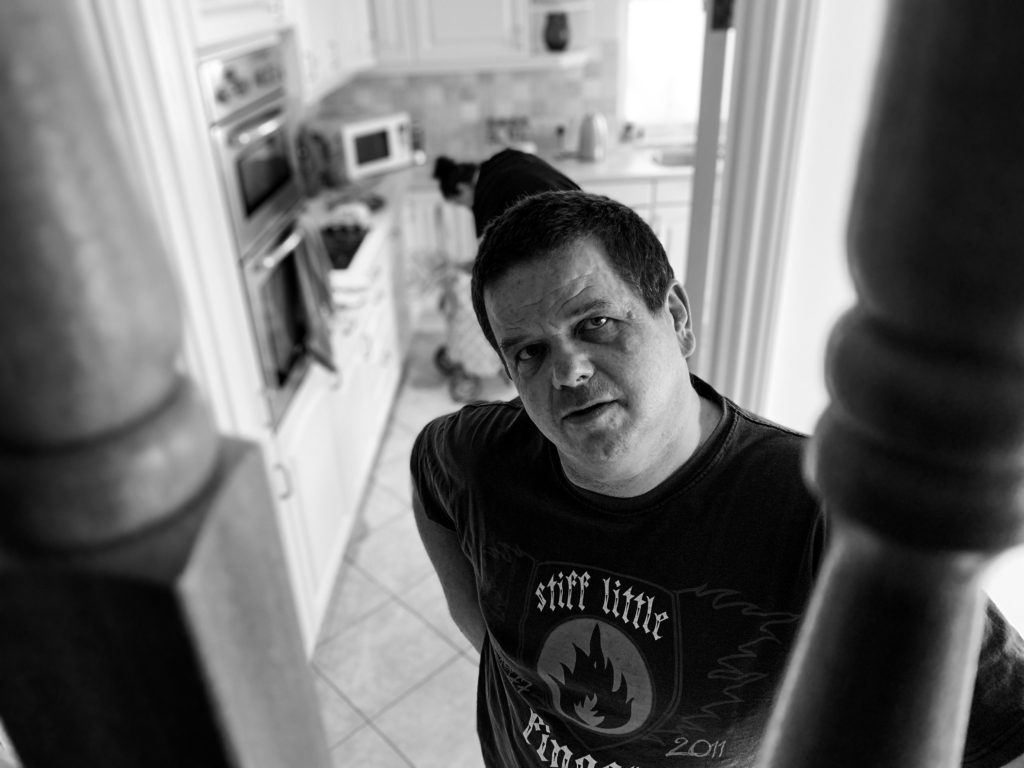PHOTO SHOOT PLANNING:
WHERE: The images below were all taken in a school gym which was utilised for the 3rd birthday part of my boyfriend’s nephew.
WHEN: The images were take during the late hours of the afternoon, creating bright and at times dramatic warm lighting within the images.
WHO: I manly focused on Beau, who was very interested in participating in the images, but I also attempted to include a wide variety of people, from the young to the old who attended the event.
HOW: I used my usual DSLR camera in order to capture these images, using the manual camera setting in order to adapt to the quickly changing lighting of the gymnasium.
WHAT: In order to get successful outcomes, capturing this birthday party was a priority as I knew I would be able yo capture a wide variety of people within my family in an environment which is different from the typical.
WHY: In order to keep exploring different themes and experimenting with the topic of candid portraits within our own personal family life.
SUCCESFUL IMAGES:
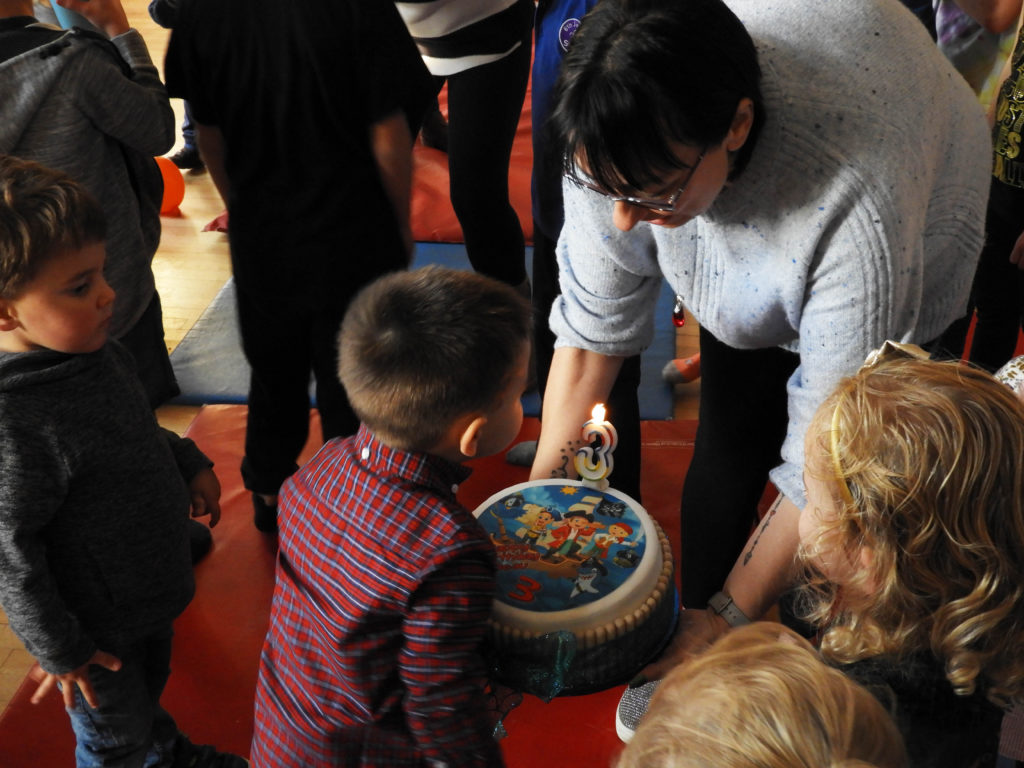

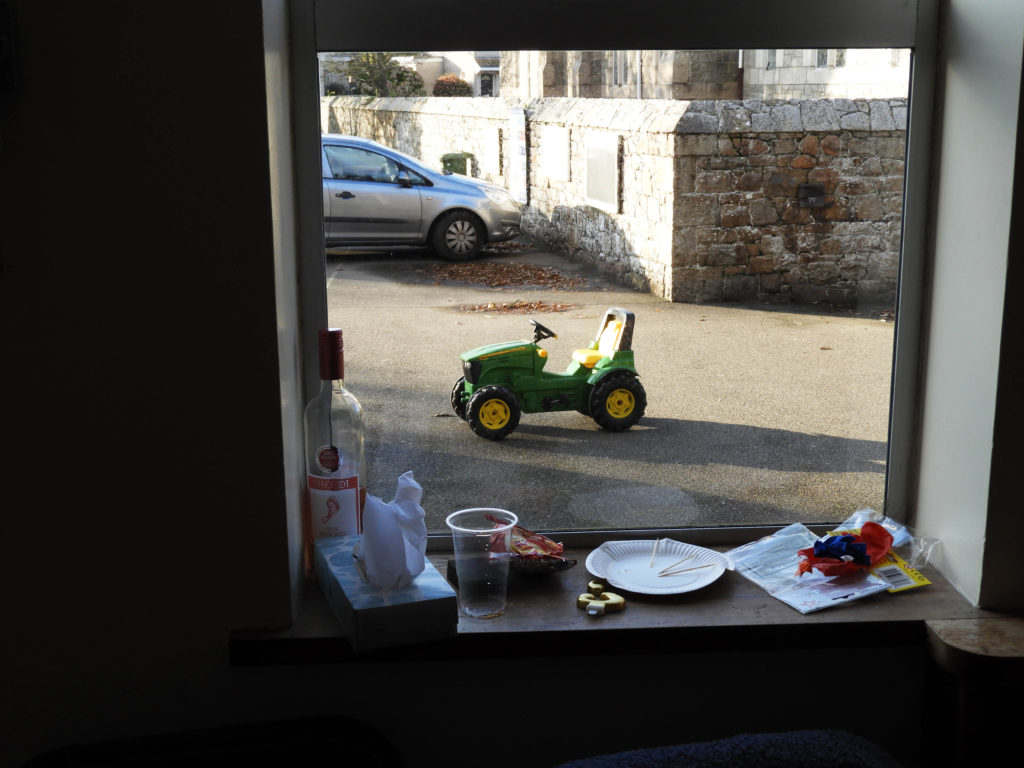



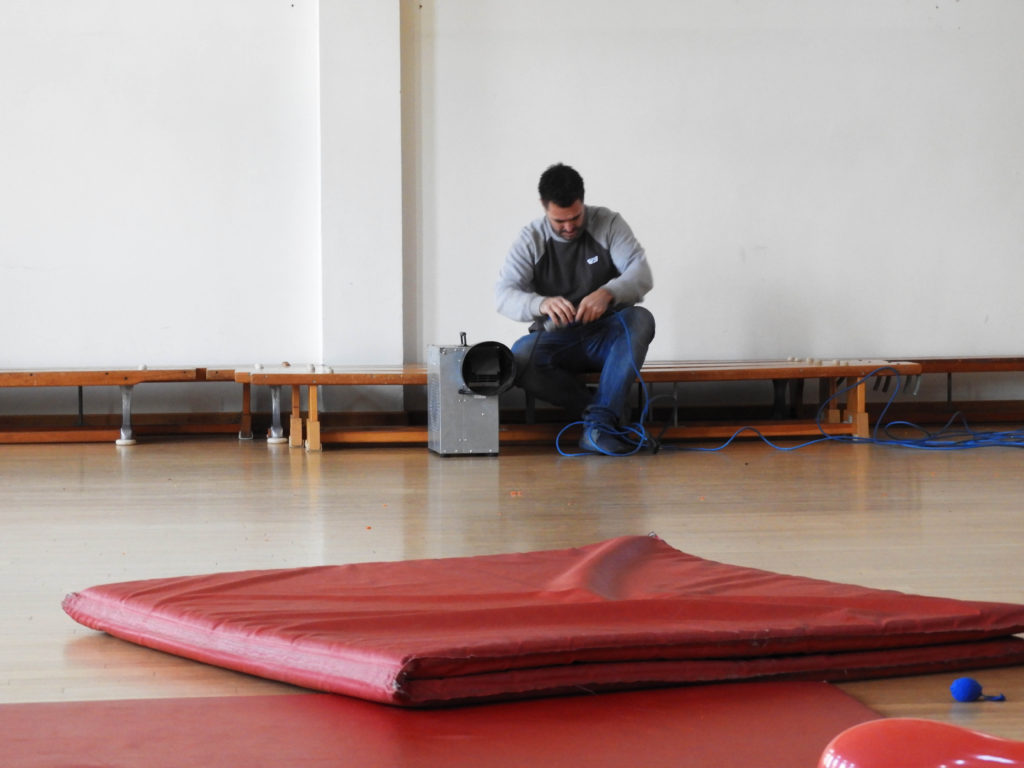

CRITICAL ANALYSIS:
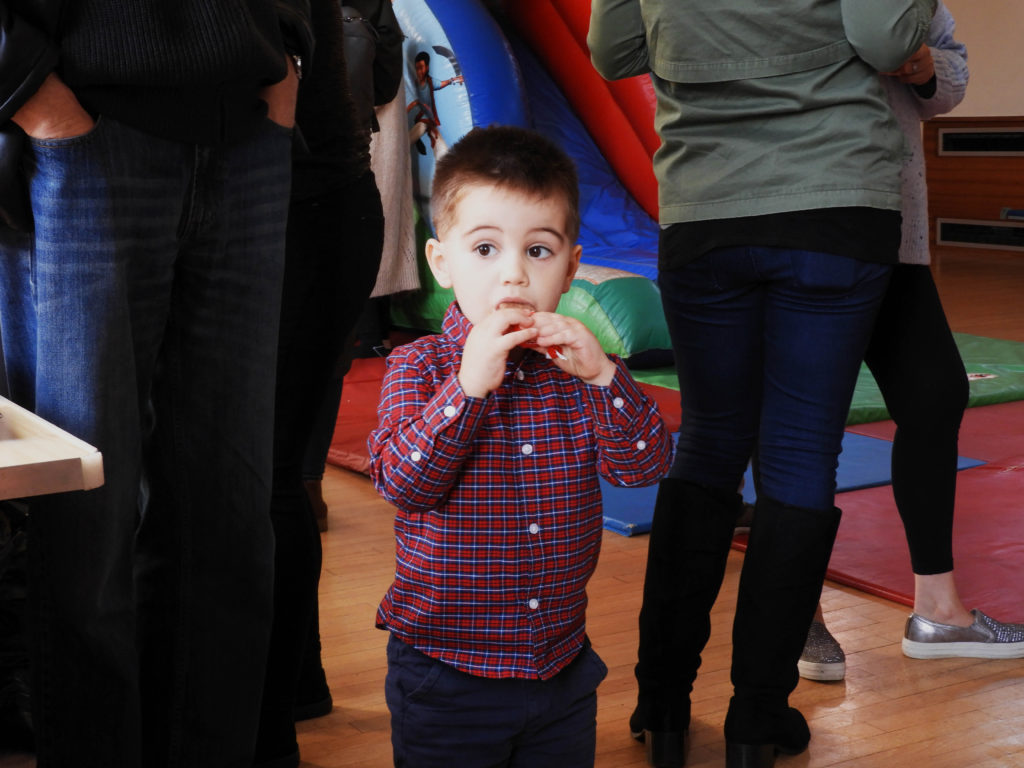
VISUAL:
In terms of the visual aspects of the image it is fairly interesting as it captures the innocence of childhood perfectly. The notion of innocence refers to children’s simplicity, their lack of knowledge, and their purity not yet spoiled by mundane affairs. Such innocence is taken as the promise of a renewal of the world by the children.The focal point of the image, Beau, can be seen unassumingly biting down on a snack surrounded by an abundance of darkly dressed adults. In my mind this was a very successful image both in terms of its quality and the narrative. Beau is almost illuminated like an angel with the warm tone lighting which is provided by the golden hour sun coming in from the left hand side of the image. The long, and multitude of legs in the background is broken through by the curious expression of Beau who is gazing out towards the window, juxtaposing the lack of identity which comes from just the bottom half of the adults. Another important point of contrast in the image is the height between the adults and Beau, representing development and again, growing being a part of becoming an adult both in a physical and literal sense. Another point of juxtaposition within this image comes from the lack of pattern in the backdrop of the image with the checkered shirt which Beau can be seen wearing. There is a real sense of depth within this image not only from the positioning but also the lighting, Beau is very much illuminated ,with less dramatic contrast between light and dark on his body whereas the backdrop is composed mostly of shadowy darkness.
TECHNICAL:
In terms of the technical aspects of the image, it was one of the harder photo shoots which I have had to compose due to two factors. Firstly the lighting was constantly shifting within the hall, I started of the shoot with very dull, neutral lighting which came from the fairly cloudy weather conditions outside. This was a challenge to work with as the lighting was not sufficient enough for my camera to work at its optimum and it meant that the majority of my beginning images ended up containing a lot of motion blur, not ideal when working with kids who are constantly moving. When the weather conditions became slightly clearer, the golden hour lighting, which came through during the later hours of the afternoon, illuminated the images in a way which was warm and yellow/orange toned as opposed to the cool blues of before. Capturing images when the lighting was more direct meant that less motion blur occurred and the amount of successful images increased. A way in which I could have combated the motion blur could have been flash, yet I did not want to employ this strategy as I think it is essential for candid portraits like these to remain as natural as possible, with the addition of flash I feel as though they become staged, almost something which would be captured within a studio.
CONTEXTUAL:
In order to explore other aspects of my family, it was important to me that I capture the different facets of what family can mean. The people who are displayed in the photos are not my blood relatives but rather the family of my significant other. As someone who does not have any children who are a part of my family, an interesting topic which I had hoped to discover through my photography was the innocence of childhood which I think has been captured well within my images especially in my most successful image, Beau encompassing the essence of what it means to be oblivious to the outside world and the struggles of adult life. Simply enjoying his birthday in a school gym which was organised by his grandfather. It was also very interesting to find out about the family dynamics of other families other than my own, sometimes being eyeopening and strange to witness. I feel as though the abundance of people also made it easier to capture these candid images as the pressure o one camera being focused on a few people can sometimes be too much ,making the images uncomfortable and staged at points.
CONCEPTUAL:
A candid photograph is a photograph captured without creating a posed appearance. The candid nature of a photograph is unrelated to the subject’s knowledge about or consent to the fact that photographs are being taken, and unrelated to the subject’s permission for further usage and distribution. The crucial factor is the actual absence of posing. However, if the subject is absolutely unaware of being photographed and does not even expect it, then such photography is secret photography, which is a special case of candid photography.
EXAMPLES OF SHIFT IN LIGHTING TONES:

When taking sample colours from the images it can very clearly be seen that one image leans far more cool toned than warm toned which reinforces the points I made before about how cloudy weather conditions can significantly cool down a photo, and a lack of them with clear weather can warm up a photo’s colour palette.

EDITING PROCESS:
In order to edit the image I stuck to a very simple procedure, simply correcting the exposure, brightness, contrast, vibrance and saturation. As this essence of this project is to capture candid imagery, I though it was essential that I kept the images as candid and raw as possible in order to allow the viewer to make a connection with the people and make them the focal point rather than over the top editing which would distract away from this.
